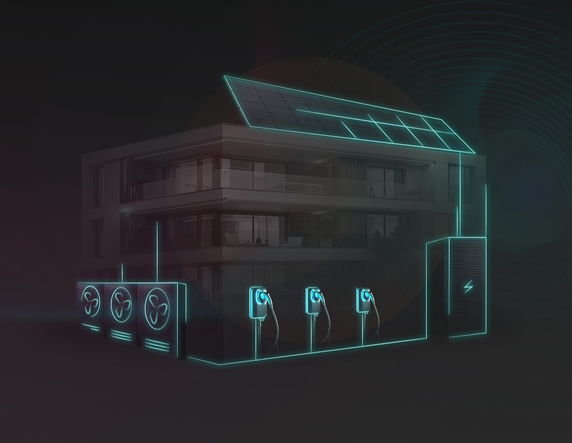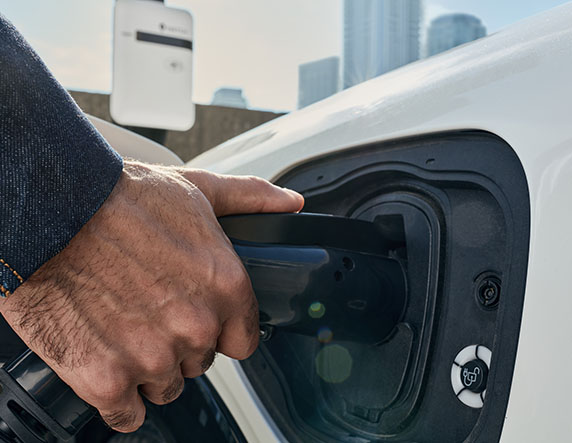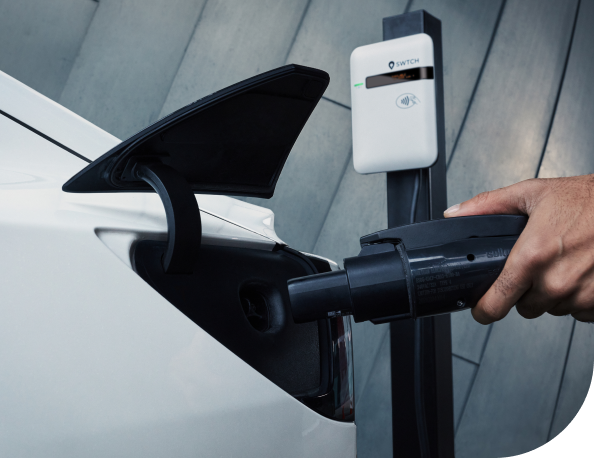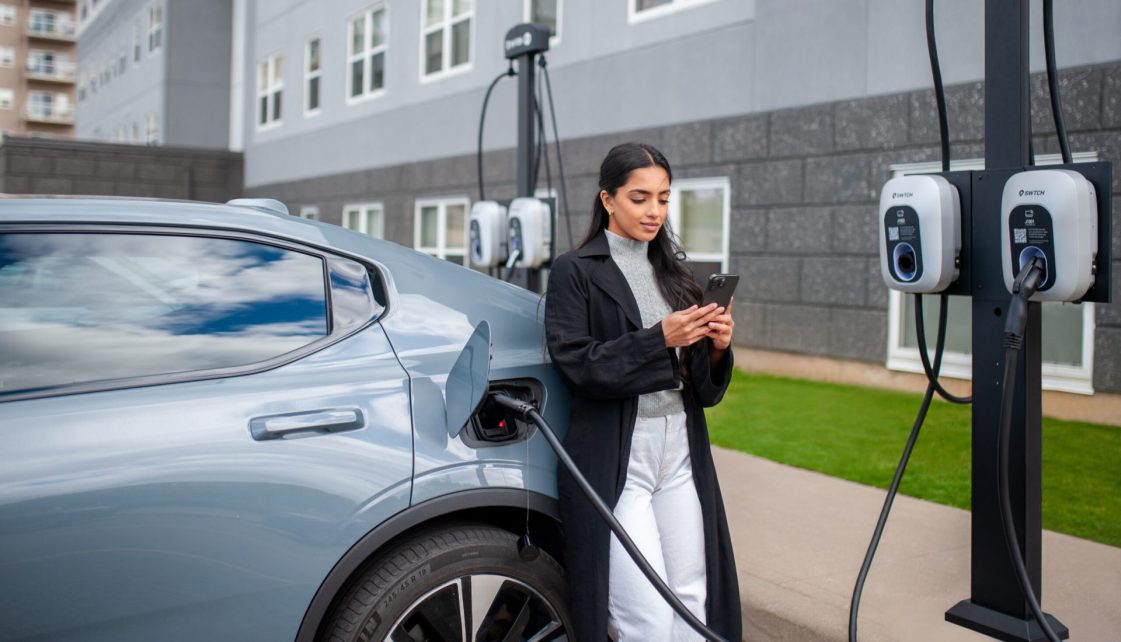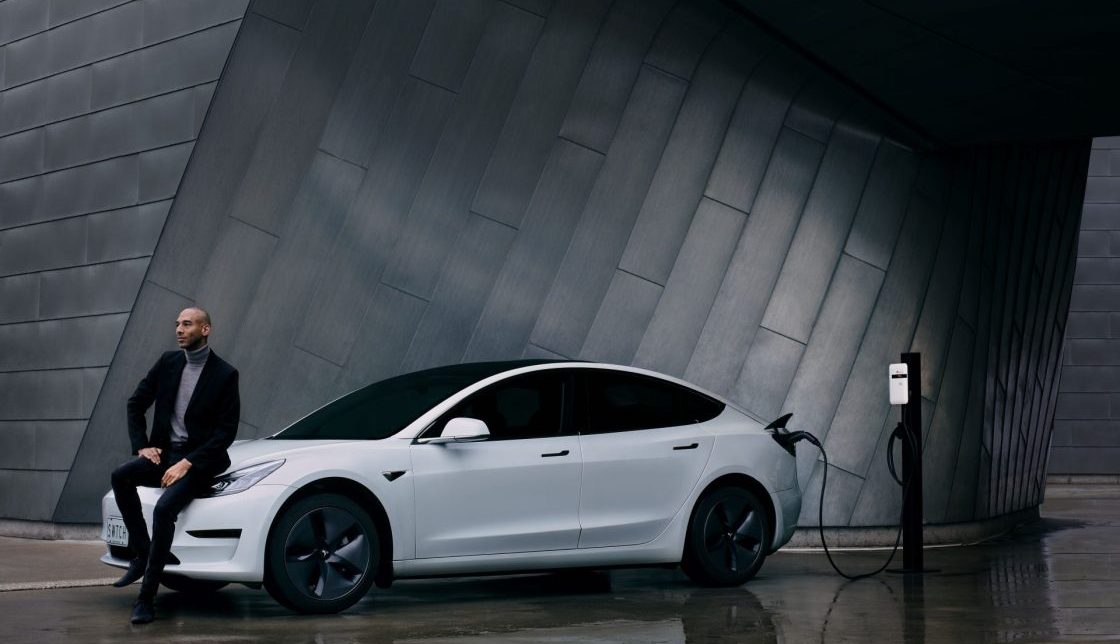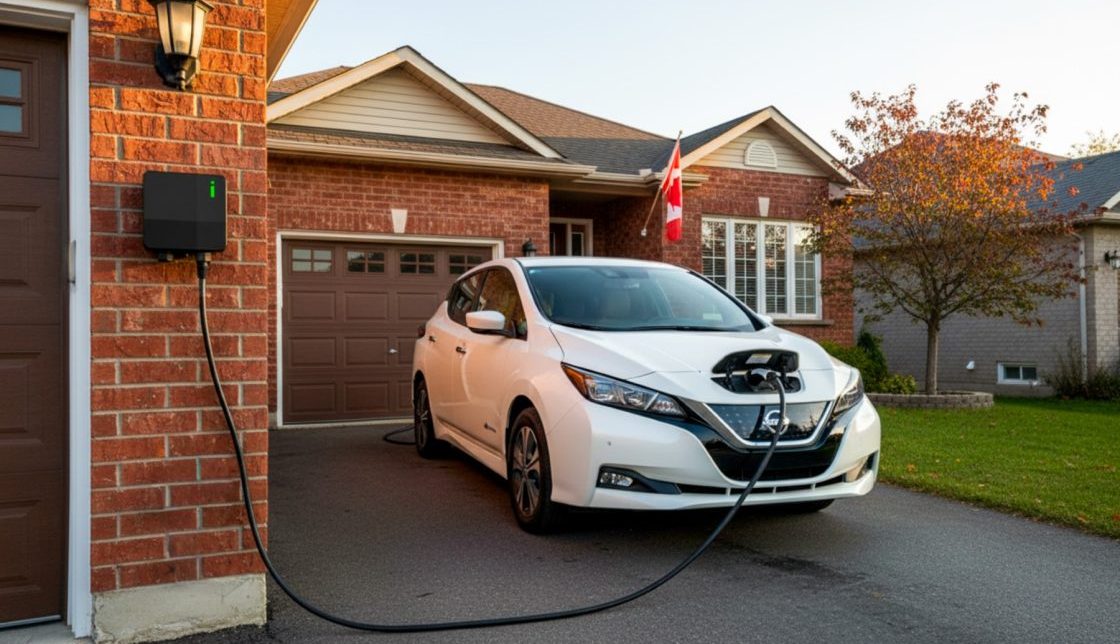Why Every Parking Operator Should View EV Charging as Essential, Not Optional
The US parking management market is projected to exceed $15 billion in value by 2030, growing at a remarkable 20.4% annually from 2025. Simultaneously, electric vehicle adoption is accelerating, with EVs currently representing approximately 7.5% of new vehicle sales in the US, growing at more than 10% annually, with projected sales expected to rise to 30-50% of the auto market by 2030. For parking operators, this convergence represents both a challenge and an extraordinary opportunity.
Meeting the growing demand for convenient EV charging offers a simple, cost-effective way to boost overall parking business, generate new revenue, and build preference for a business for years to come.
And it is not really an option to forego EV charging altogether. Where once it was seen as a premium amenity, charging has become essential infrastructure, as fundamental to modern parking operations as payment systems or security lighting. Failing to adopt quickly will likely lead to increasing challenges for your business.
EV charging’s shift from parking luxury to necessity
The evolution of EV charging mirrors other technological advances that were once considered optional luxuries. Remember when Wi-Fi was a premium offering in commercial spaces? Today, it’s simply expected infrastructure, its absence more notable than its presence.
EV charging is following this same trajectory, and quickly, with EV charging integration emerging as a critical component of this growth.
Major parking operators like LAZ Parking recognize this shift and are establishing strategic partnerships to deploy EV charging across their inventory—for LAZ, 50,000 chargers over the next five years. It’s a signal that charging infrastructure isn’t merely an add-on service – it’s becoming central to the core business model of leaders across the parking industry.
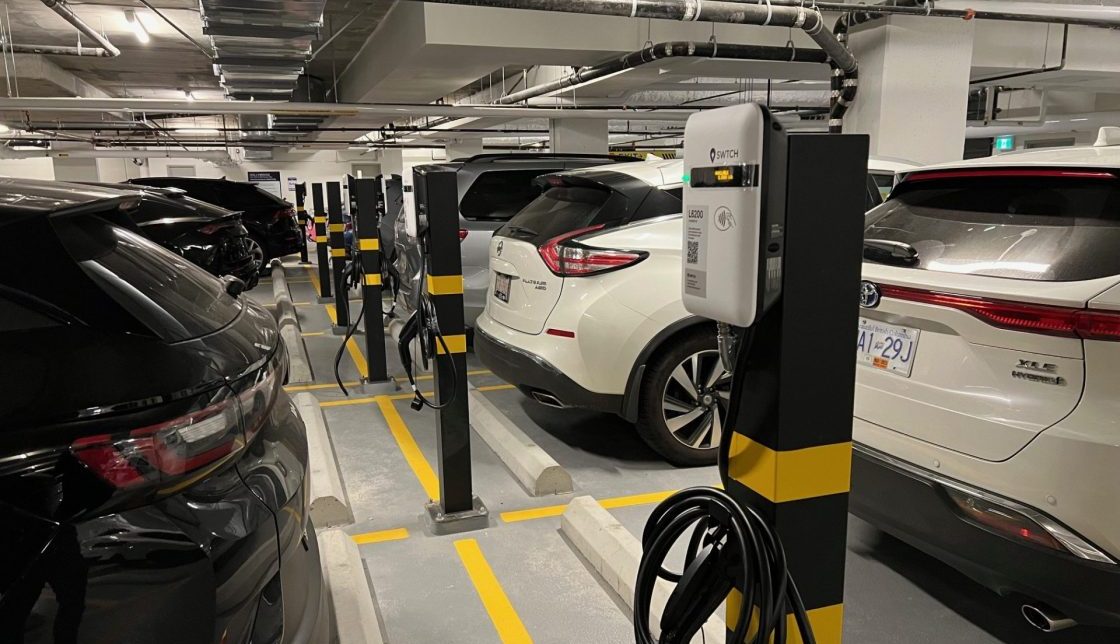
The many costs of waiting to install charging
As EV adoption accelerates, drivers increasingly make parking decisions based on charging availability, choosing facilities that offer reliable charging over those that don’t. A facility without adequate charging infrastructure isn’t merely missing a revenue opportunity; it’s actively losing market share to competitors who’ve made the investment.
And the longer you wait, the more costly it is to catch up.
Initial investment costs typically range from $8,000-$12,000 per Level 2 charging port for smaller facilities, reducing to $5,000-$9,000 per port for larger installations due to economies of scale. But these costs are usually offset quite substantially by generous incentive programs, like NY’s EV Make-Ready program, which offers funding of up to 50% of costs for parking facilities to install EV charging. These programs will not last forever, meaning operators who delay implementation face not the prospect of lost business today, but higher future installation costs when they decide to install chargers.
It is important, too, to consider longer-term effects related to brand preference (or a lack thereof). Those parking facilities that invest in EV charging today will develop goodwill and, more importantly, habit, among EV drivers. Provided the parking and charging experiences are both good, why would a driver change parking facilities when they’ve gotten used to how their regular one works, even if there’s another facility that has added charging?
Failing to act today puts your business at risk not only of lower competitiveness in the near term, but also the potential for long-term weakness compared with competitors who electrified more quickly.
EV charging’s new revenue opportunities
The direct revenue from charging fees represents just one layer of the financial opportunity tied to the installation of EV charging. Here are some other financial benefits that tend to come along when parking facilities introduce EV chargers:
- Revenue from direct charging fees: Successful pricing strategies include time-based rates (usually $1.50-4.00/hour), combined parking+charging packages, and tiered pricing structures.
- Increased occupancy rates: Facilities with reliable charging consistently report higher utilization, particularly during off-peak hours.
- Extended dwell times: In retail settings, EV charging significantly increases customer stay duration and subsequent spending.
- Enhanced customer loyalty: As discussed earlier, EV drivers demonstrate stronger loyalty to facilities with reliable charging.
What are the impacts? To take a hypothetical 500-space garage as our example, by converting just 5% of spaces to EV charging, the facility could generate $125,000-$240,000 in annual revenue (from direct charging fees plus increased utilization) and, depending on upfront costs, reach payback for its charging infrastructure within 2-3 years.
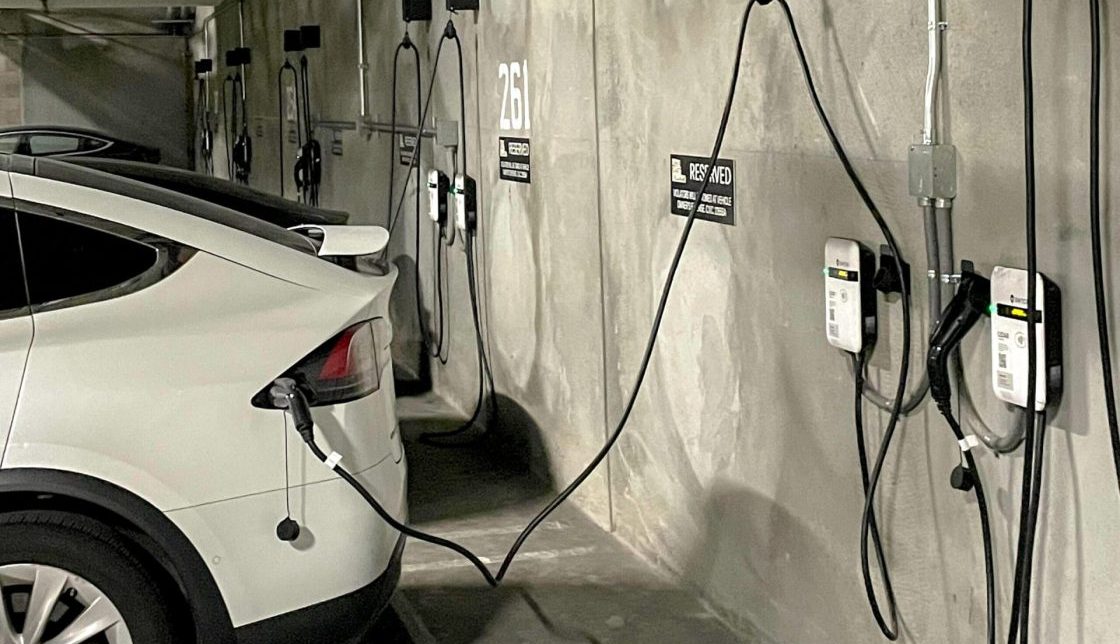
Additional strategies for increased affordability
Common hesitations about implementation tend to focus on startup costs and associated expenses. Beyond securing funding through incentive and rebate programs, there are a number of approaches that can help make the costs of installing EV charging more manageable.
- Starting small with an eye on gradual expansion. Successful operators typically begin by electrifying just 3-5% of spaces in prime locations, then expand as demand grows.
- Business models like charging-as-a-service (CaaS) or hosting charging stations operated by third parties, both of which minimize or eliminate upfront capital requirements in place of monthly fees or revenue-sharing agreements.
- Partnerships with experienced providers who can assist with navigating operational challenges like ICEing (non-EVs in charging spots), maintenance, and site design. intelligent electrical capacity management.
- Selecting EV charging solutions with intelligent energy management, advanced wireless connectivity, and other technologies that reduce the costs of installation and operation.
To electrify your parking facility is essential, not optional
It is already true that EV charging has crossed the threshold from amenity to essential service in parking, but as the number of EVs on the road grows, the urgency of offering this service will quickly mount. The question should not be whether to implement EV charging but rather how to implement it to most effectively drive both immediate returns and long-term strategic positioning.
For parking operators, this moment represents a clear inflection point – an opportunity to adopt new technology that offers a compelling source of direct revenue and significant competitive advantages. Those who seize this opportunity won’t just be prepared for the future of parking; they’ll be actively shaping it.
Learn more about how SWTCH works with parking operators at swtchenergy.com/parking.
